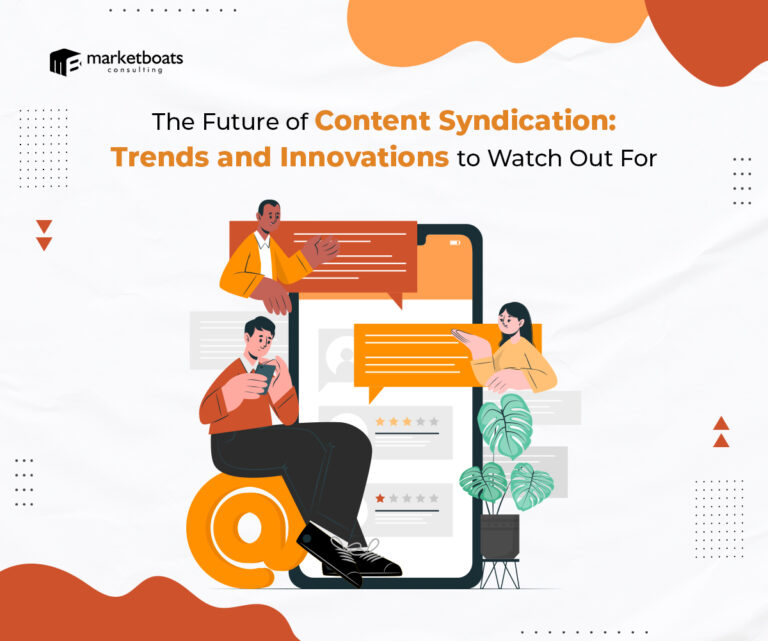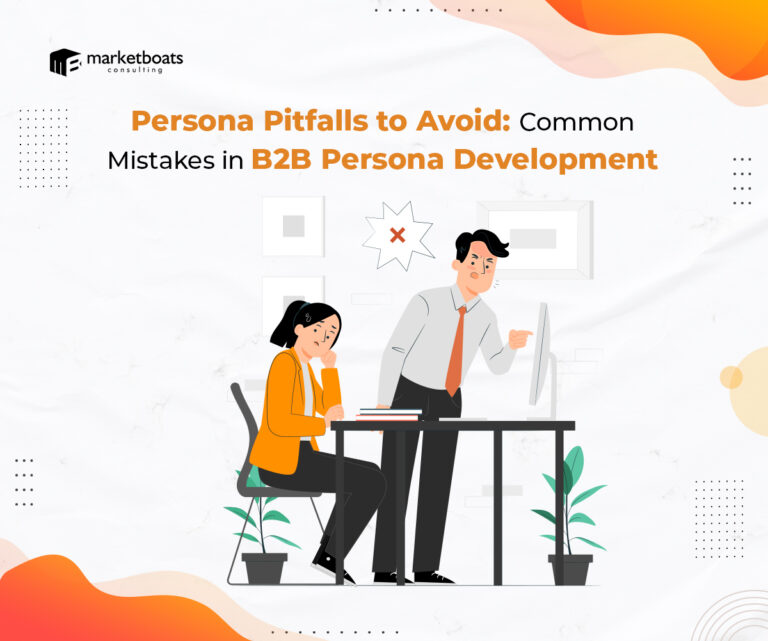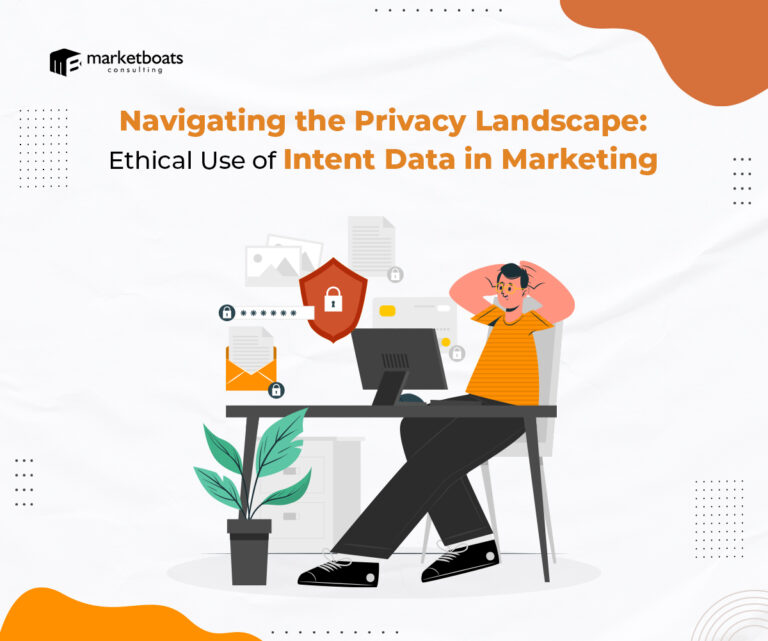Understanding the customer journey helps in predicting customer behavior and offering them the right incentive at the right stage for conversion. It’s not always about gilded discounts or super saver offers, what can help you seal the deal is providing consumers with top-notch information. However, with so many brands flooding every channel with information vouching for their attention, how will you stand out?
The answer is simple — using infographics in marketing!
Infographics are powerful communication tools in visual content marketing that you can use to captivate, educate, and influence your audience, especially with the attention span of the audience getting shorter (and shorter by the minute). These visual info cards transform complex data into compelling, visually appealing narratives, making them an indispensable asset in your marketing arsenal.
In this blog, learn all about infographics and illustrating buyer journeys using infographics.
Decoding the Buyer Journey
The pre-purchase buyer journey can be broken down into three definitive stages. The three stages of buyer journey that are the most crucial for marketing teams to understand are:
- Awareness
- Consideration
- Decision
During the awareness stage, consumers become aware of a need or problem. In the consideration stage, they research potential solutions. The decision stage involves comparing options and making a purchase.
Mapping the buyer journey is essential for crafting effective marketing campaigns. By understanding each stage, you can tailor your messaging and tactics to meet consumers’ needs at different points in their journey. This approach allows for targeted engagement, personalized content, and strategic touchpoints that guide consumers toward making a purchase.
Moreover, mapping the buyer journey enables businesses to identify potential pain points or areas for improvement, facilitating continuous optimization of marketing efforts for enhanced results and customer satisfaction.
Why Infographics?
Ever stopped to think about why we’re drawn to images on websites, banners, or ads? It’s not just because they look pretty – visuals are like a secret weapon for making information pop! They catch our attention, jazz up the presentation, and help us remember stuff better. And here’s the science bit: visuals light up different parts of our brain all at once, supercharging our memory and understanding.
They’re like the secret sauce for untangling tricky concepts. Take the buyer journey in marketing, for example – a bit of visual magic with diagrams, charts, and illustrations can turn a confusing mess into a crystal-clear roadmap. So, next time you’re puzzling over something complex, remember using infographics in marketing.
Visual Content Marketing vs Textual Content Marketing
So which one is more effective?
While ‘textual’ content marketing is the most common form that we use, enhancing marketing with infographics can result in something better. While we have already listed some of the benefits of visual content earlier, here’s a quick rundown on the same:
| Aspect | Textual Data Presentation | Visual Data Presentation (Infographics) |
| Processing Speed | Information processing is slower | Information is processed rapidly due to visual cues |
| Retention | Lower retention rates | Higher retention rates due to visual impact |
| Engagement | Moderate engagement | High engagement with visually stimulating content |
| Clarity | Subjective understanding | Enhanced clarity through visual representation |
| Appeal | Limited appeal | Widespread appeal due to visually appealing design |
Elements of an Effective Infographic
We’ll cover two things for you — infographics design tips so you can make stunning infographics and some of the tools that’ll get you there:
Design Principles for Clarity and Impact
Clarity of Message: While illustrating the buyer’s journey, ensure that the main message or story is clear and easily understandable. Use concise text and visual elements to convey information effectively.
Visual Hierarchy: Arrange elements in a way that guides the viewer’s eye through the infographic logically. Important information should stand out while supporting details should be presented in a hierarchical manner.
Balance and White Space: Maintain a balanced layout with appropriate use of white space to prevent the infographic from appearing cluttered. White space helps to enhance readability and focus attention on key elements in your visual content marketing.
Color Scheme: Choose a color scheme that aligns with your brand and enhances the visual appeal of the infographic. Use colors strategically to highlight key points and create visual interest.
Typography: Select fonts that are easy to read and complement the overall design aesthetic. Use different font sizes, styles, and weights to emphasize important information and create a visual hierarchy.
Data Visualization: Incorporate charts, graphs, icons, and other visual elements to represent data and statistics. Choose appropriate visualization formats that effectively communicate the message and make complex information easier to understand.
Narrative Flow: Organize content in a logical sequence that tells a story or guides the viewer through a series of steps. Use headings, subheadings, and directional cues to create a narrative flow that keeps the viewer engaged.
Tools and Platforms for Creating Stellar Infographics
While you’re welcome to craft your own infographic designs, why not explore some amazing tools to collaborate on your creations? Whether you prefer free or paid services, there’s a tool out there to help bring your ideas to life. Some of them include:
Now how to best use infographics in marketing? Let’s get on!
Mapping the Buyer Journey with Infographics: A Step-by-Step Guide on Infographic Creation
Now that you know how and where to create attention-grabbing infographics, it’s time to teach you the art of storytelling through infographics. Let us sculpt the info to give you a more detailed understanding of creating infographics illustrating the buyer journey:
Stage 1: Awareness
Key Information to Include:
- Define the problem or need that initiates the buyer journey.
- Introduce the target audience and their demographics.
- Highlight pain points or challenges they may be facing.
- Provide statistics or insights related to the problem to reinforce its significance.
Visual Strategies to Illustrate Awareness:
- Use attention-grabbing visuals such as eye-catching graphics or images related to the problem.
- Incorporate icons or symbols representing common challenges or pain points.
- Utilize a color scheme that evokes a sense of urgency or importance.
Stage 2: Consideration
Key Information to Include:
- Present various options or solutions available to address the identified problem.
- Compare different products, services, or approaches.
- Highlight key features, benefits, and drawbacks of each option.
- Include testimonials or case studies to provide social proof.
Effective Ways to Leverage Data Visualization:
- Create comparison charts or graphs to visually represent differences between options.
- Utilize bar charts, pie charts, or radar charts to illustrate quantitative data.
- Incorporate icons or symbols to represent features or benefits in a visually appealing manner.
Stage 3: Decision
Key Information to Include:
- Showcase the unique value propositions (USPs) of your product or service.
- Highlight benefits that differentiate your offering from competitors.
- Include pricing information, discounts, or special offers.
- Incorporate testimonials or success stories from satisfied customers.
Call-to-Action Elements to Leverage for Conversions:
- Include clear and compelling calls-to-action (CTAs), prompting the audience to take the next step.
- Use actionable language such as “Sign Up Now” or “Get Started Today.”
- Provide contact information or links to relevant resources for further exploration.
Common Pitfalls to Avoid in Making Infographics
While we’ve told you everything you need to do, it’s only fair to also mention what you need to avoid so you can have a good grasp of the subject. Plus, once you know what to avoid, you will definitely know what not to do, and, of course, what to do!
Information Overload: Avoid overwhelming the viewer with too much information. Focus on the most relevant and impactful content, and consider breaking longer infographics into smaller, more digestible segments.
Poor Design Choices: Steer clear of cluttered layouts, illegible fonts, and excessive use of colors or visual effects. Opt for clean, minimalist designs that prioritize clarity and readability.
Lack of Storytelling: Infographics should tell a compelling story or convey a narrative that engages the audience. Avoid simply presenting data without context or a cohesive storyline.
Ignoring Audience Needs: Consider the preferences and needs of your target audience when designing the infographic. Tailor the content and visuals to resonate with their interests and motivations.
Neglecting Testing and Feedback: Before finalizing your infographic, ensure compatibility by testing it on different browsers and screen sizes. Conduct usability testing to guarantee the infographic is easy to understand and navigate across various devices.
Tips for Distribution and Engagement
For effective distribution and engagement of your infographics, utilize a mix of platforms suited to your target audience’s preferences. Social media platforms like LinkedIn, Twitter, and Pinterest are ideal for sharing visually compelling content. Leverage relevant hashtags and groups to increase visibility and reach. Additionally, consider embedding infographics in blog posts or email newsletters to enhance engagement with existing audiences.
To measure impact and engagement, utilize analytics tools provided by social media platforms and website analytics services. Track metrics such as likes, shares, comments, and click-through rates to gauge performance.
Conclusion
In the mores of rigid marketing and digital rules, even the audience is looking for a bit of oomph, something different, easy to grasp, and quick to learn. By leveraging the power of visuals, businesses can enhance comprehension, drive engagement, and ultimately influence purchasing decisions.
So, let yourself bring out the designer in you as you start experimenting with infographics and even their engagement. Beyond the basic principles, there are no do-or-die rules here. You get more than enough room to comfortably spread your creative wings.
But if this does not look like your forte, we have just the solution – Marketboats. With a team of experienced professionals and a passion for innovation, Marketboats can provide tailored solutions to elevate your brand’s visibility and engagement.
With 25 years of collective experience, our growth experts are here to join your journey. From industry insights to tailored strategies, we’ll guide you toward unparalleled success. Let’s navigate together towards growth!
Get in touch today!





